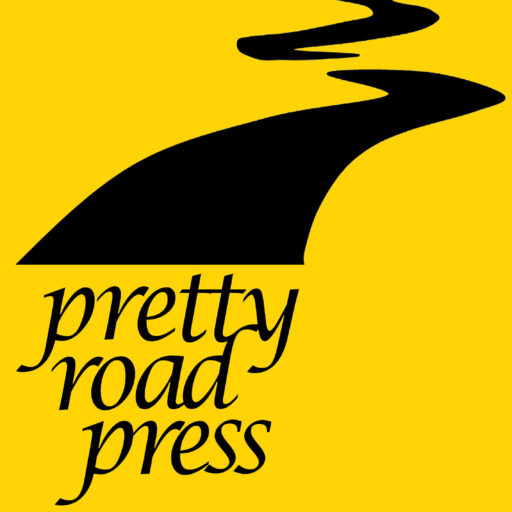or . . . Forget about Your Grandpa’s Old Style News Release
Today’s news releases look different and serve more purposes than they did a generation ago.
In days gone by, a news release would frequently be tossed into an editor’s basket and never reach the eyes of a reader. Any hope of a news release message getting into print back then depended upon two things. One, the editor finding the document messaged something with genuine news value. Two, assigning the release to a staff writer for a re-write.
Today a news release can travel the world and live forever on the internet. Now writers of news releases not only hope to entice reporters to write and publish a story but also to get their message picked up by bloggers, thereby getting indexed by search engines. In essence, a news release can find its way to certain readers, even if no newspaper ever picks up the story.
So, take advantage of these nine tips to craft a contemporary news release that will promote your book.
1. The Headline
Your headline will be what’s seen on Google search results which will display only about eighty characters per record. Although Google does not have an arbitrary character cutoff, the technology of mobile devices and certain displays means that the first fifty to eighty characters get seen in most instances. That means the first few words in your headline must summarize the story, arouse interest, contain a verb, and include keywords related to your book or topic. Getting the perfect headline is the hardest part of writing a news release.
2. Summary Statement
If you are using a press release distribution service like PR Web or Business Wire―or even if you are just putting your news release on your own website―story summaries are often required. They are short one- to two-sentence paragraphs that summarize additional details without duplicating what’s in the lead or giving away the hook in your lead. They include keywords related to your topic.
3. The Lead
The lead is the hook that grabs readers and makes them want to read on, but the lead also provides the essential news summary of what the story is about. If readers read nothing else than the lead, they would have the essence of the story. If you are promoting your book, the mere publication of your book or your launch party date is usually not the hook that will drive readership. Try connecting your book’s topic to a news event, a holiday, a little-known fact, an offer, a historical event, a celebrity, or a man-bites-dog incident. The operative word is “news.” You must find a news angle and present it in the lead.
4. Body Content
The traditional news story structure still works for the news release in the internet era: Use the inverted pyramid approach. That means the most important details go first, so if anyone stops reading, they will still get the gist of the story. Keep paragraphs short. Often, they are just one sentence long. Always throw in keyword search terms.
5. Keywords
Keywords are search terms that people use on sites like Google, Bing, and Amazon to find books and content. Sprinkle keywords or search terms organically throughout your press release, starting with the headline. Continue using them through the summary, lead, and body. Write naturally, but make sure all the keywords are included. For nonfiction books and memoirs, using keywords is easier to accomplish than for novels, but there are still plenty of keywords for novels. Think of keywords related to genre, awards, competing authors, historical events, and geography. For help researching keywords, tap resources such as Google, Semrush, Moz, and Ahrefs.
6. Quotations
People like reading about what people say, so include natural quotations in the body of your story, not only from you but also from others. It would be boring to quote yourself saying, “This memoir is the culmination of ten years of work,” when you could say something like, “I’m not dangerous anymore. My ten-year project is in print.” Make your quotations interesting, curious, and emotional.
7. Call to Action
People need to know what to do after they have read the news release. Include links or other contact information that will let them easily buy your book, attend your event, or retain you as a speaker.
8. Pictures
Include photographs. Action shots are better than mug shots but settle for mug shots if your action shots are not of the highest professional quality. Include a caption with your picture. More people will see the picture and caption than will read the main article, so include key information in the caption that will make readers curious or take action. You should also include an image of your book cover but do not use your book cover as a substitute for another picture of you in action.
9. Social Media
Always link back to your news release with your social media, such as Facebook, Twitter, TikTok, LinkedIn, and Pinterest. Your social media message must be as interesting as the lead paragraph of your news release but worded differently. While search engines do not like duplicate content, readers want relevance when they click on your social media link and arrive at a new destination.


